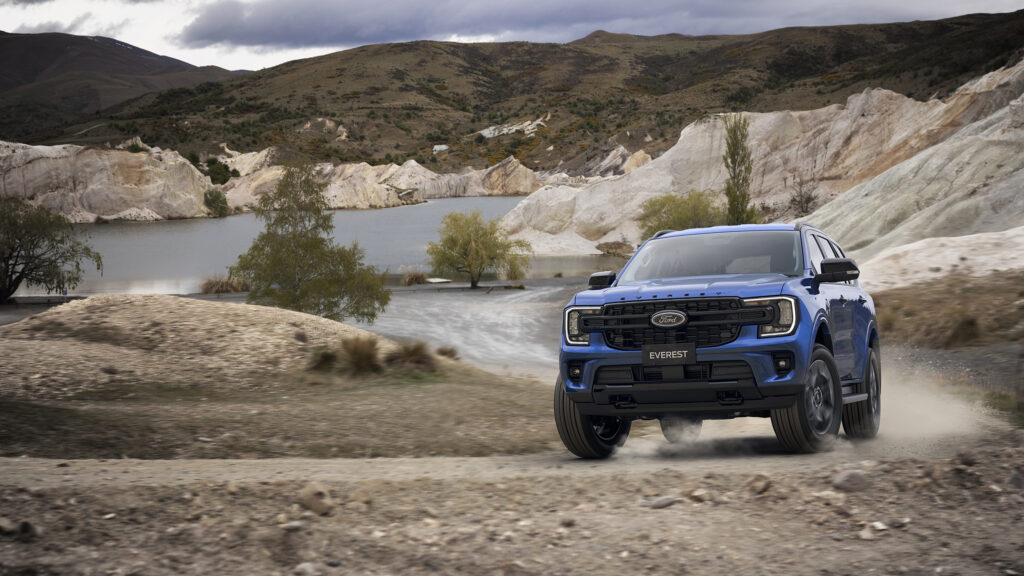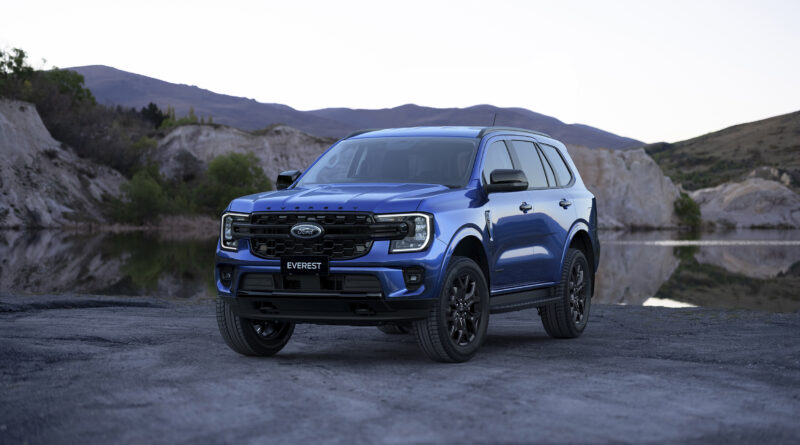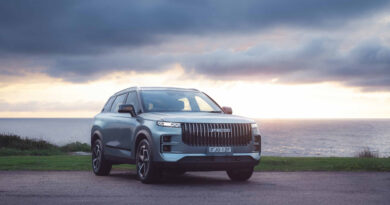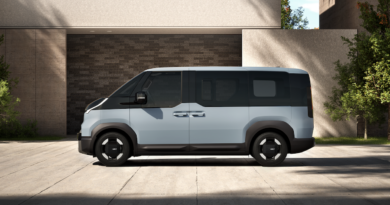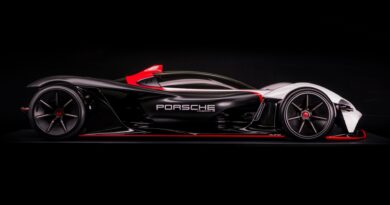Aussie-developed Ford Ranger and Ford Everest will have hybrid options
Ford’s Australian engineering crew responsible for the development for the top-selling Ranger ute and Everest SUV have confirmed existing blue oval mild-hybrid technology will be fitted to new models.
The new Ranger was revealed late last year and the new Everest this week. Both are part of the T6 family of ladder frame vehicles that also includes the high-performance Ranger Raptor (complete with a new twin-turbo V6 petrol engine), US market Bronco off-roader and the soon-to-be revealed next-gen Volkswagen Amarok.
Ford had previously stated the new third-generation ladder frame T6 platform would be package protected for electrification, but had been coy on details.
Ford is not the only ute maker thinking electric, as we report here.
EXCLUSIVE FEATURE: EV ute overload: The electric pickup trucks coming soon
EXCLUSIVE REPORT: EV year ahead: Every new electric car coming to Australia in 2022
READ MORE: Why electric cars will be more capable off-road
While the system is confirmed, it is not part of the launch drivetrain line-up for the Ranger due out in Australia around mid-year, or the Everest, which will follow within months.
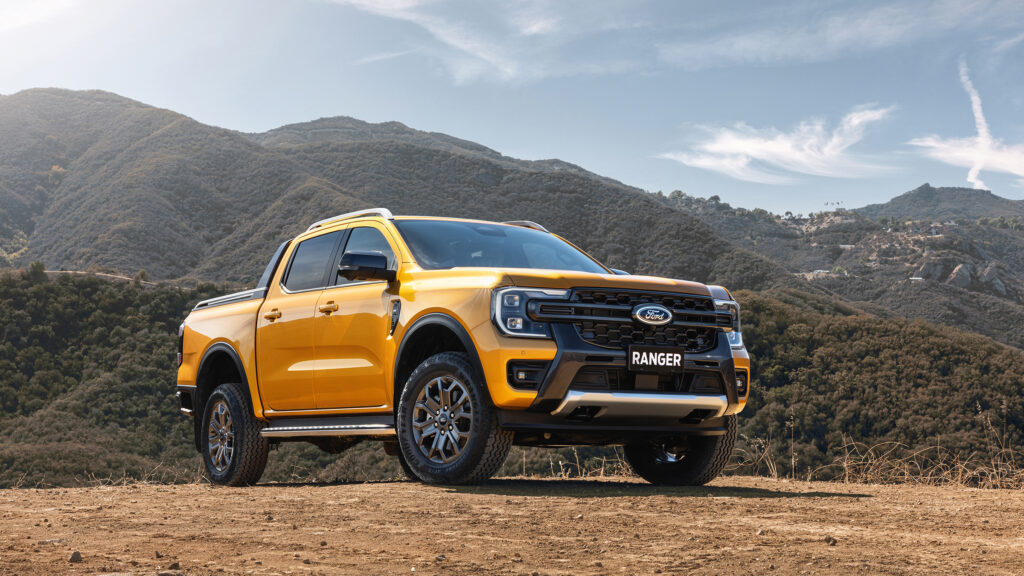
However, in a media briefing previewing Everest, T6 engineering chief Ian Foston admitted moving the T6 platform’s front axle forward 50mm had been designed to help fit a mild hybrid transmission between the engine bell-housing and gearbox.
In Australia Ranger and Everest will come with V6 and four-cylinder turbo-diesel engines.
Both vehicles will also be sold in many international markets.
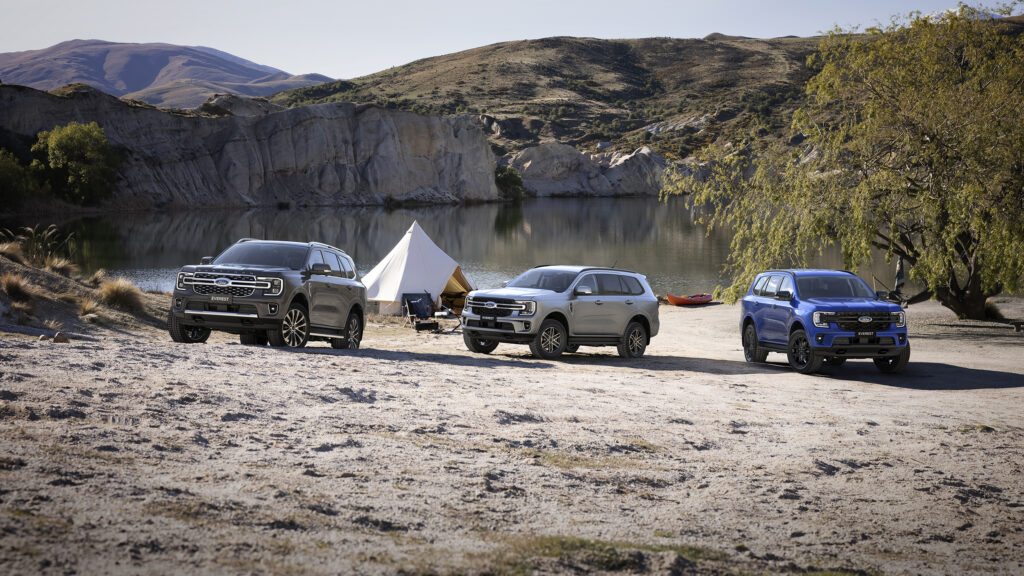
Ford already has mild hybrid technology in multiple petrol and diesel vehicles globally including the Fiesta, Puma, Tourneo, Transit Custom and Transit.
Foston indicated the T6 mild hybrid system would be influenced by those existing systems, rather than a clean sheet design.
“The mild hybrid transmission is a Ford catalogued part that has been used on a number of rear-wheel and four-wheel drive products that sit in that area.
“So it’s not new technology from that perspective. It is an off the shelf utilised mild-hybrid part of the drivetrain.
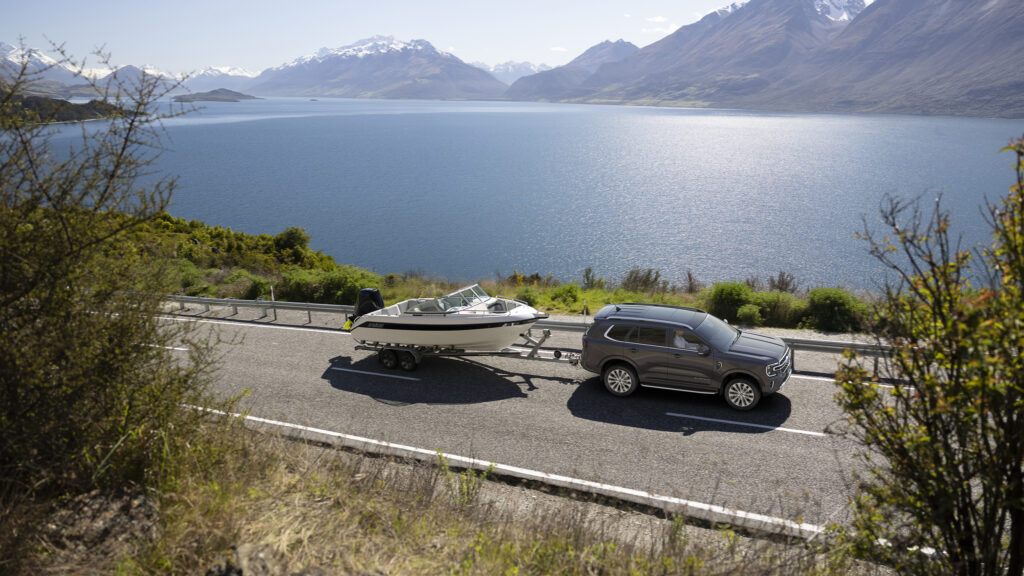
“It doesn’t take much to go back and look at Ford products and see what they deploy.”
While Foston specifically talked about mild hybrid in his briefing, he clarified in a follow-up interview that the system could also be used for a plug-in powertrain as well.
“The mild hybrid portion of the drivetrain is suitable for a number of applications whether that’s a plug-in hybrid, whether it’s more of a mild hybrid with a smaller battery.
“I’m sure we’ll have more to say about all this in months and years to come.”
Unlike full hybrid and plug-in hybrid systems, mild-hybrids act only as a support to the internal combustion engine and don’t run on their own.
They can provide a power and torque boost and often provide smoother stop-start functions.
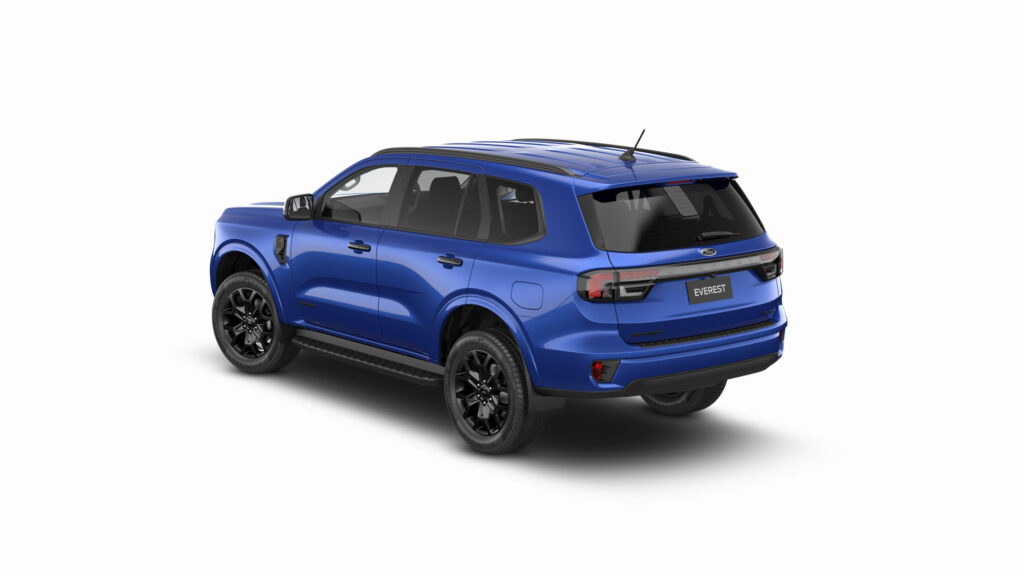
In the Ford Transit the mild hybrid uses a belt-driven starter/generator instead of a conventional alternator in combination with a version of the Panther 2.0 turbo-diesel engine already used by T6.
The system captures energy when the vehicle brakes or decelerates, storing this as charge in the 48V air-cooled lithium-ion battery pack and using it to power the van’s electrical ancillaries and provide improved torque under acceleration and during normal driving.
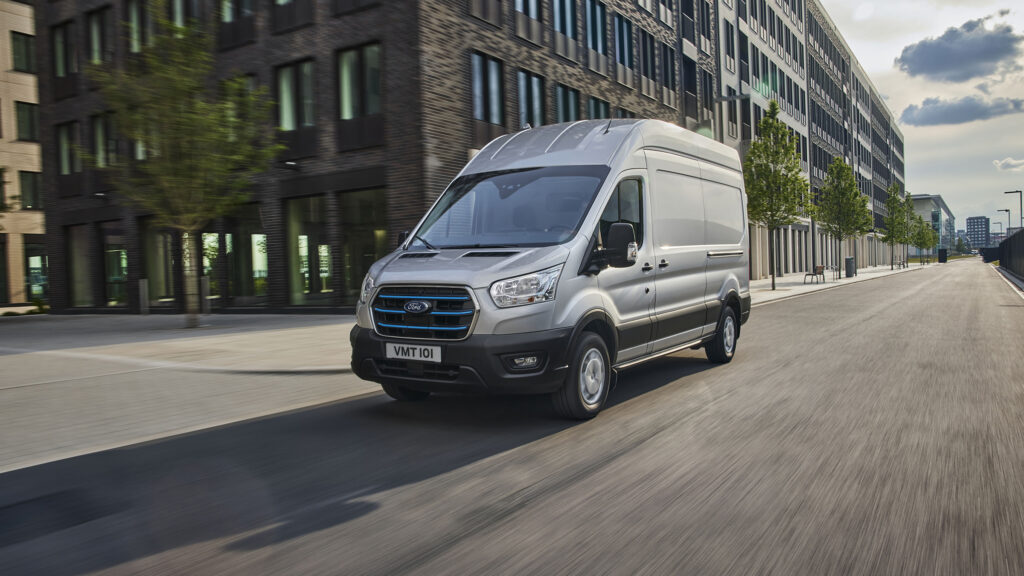
This reduces load on the diesel engine and, in combination with an engine idle-stop feature, delivers claimed fuel savings of up to three per cent on average – or as much as eight per cent in start/stop urban conditions.
Ford will launch a battery electric E-Transit in Australia later this year, declaring it the first of five hybrids and EVs that will come here by the end of 2024.
